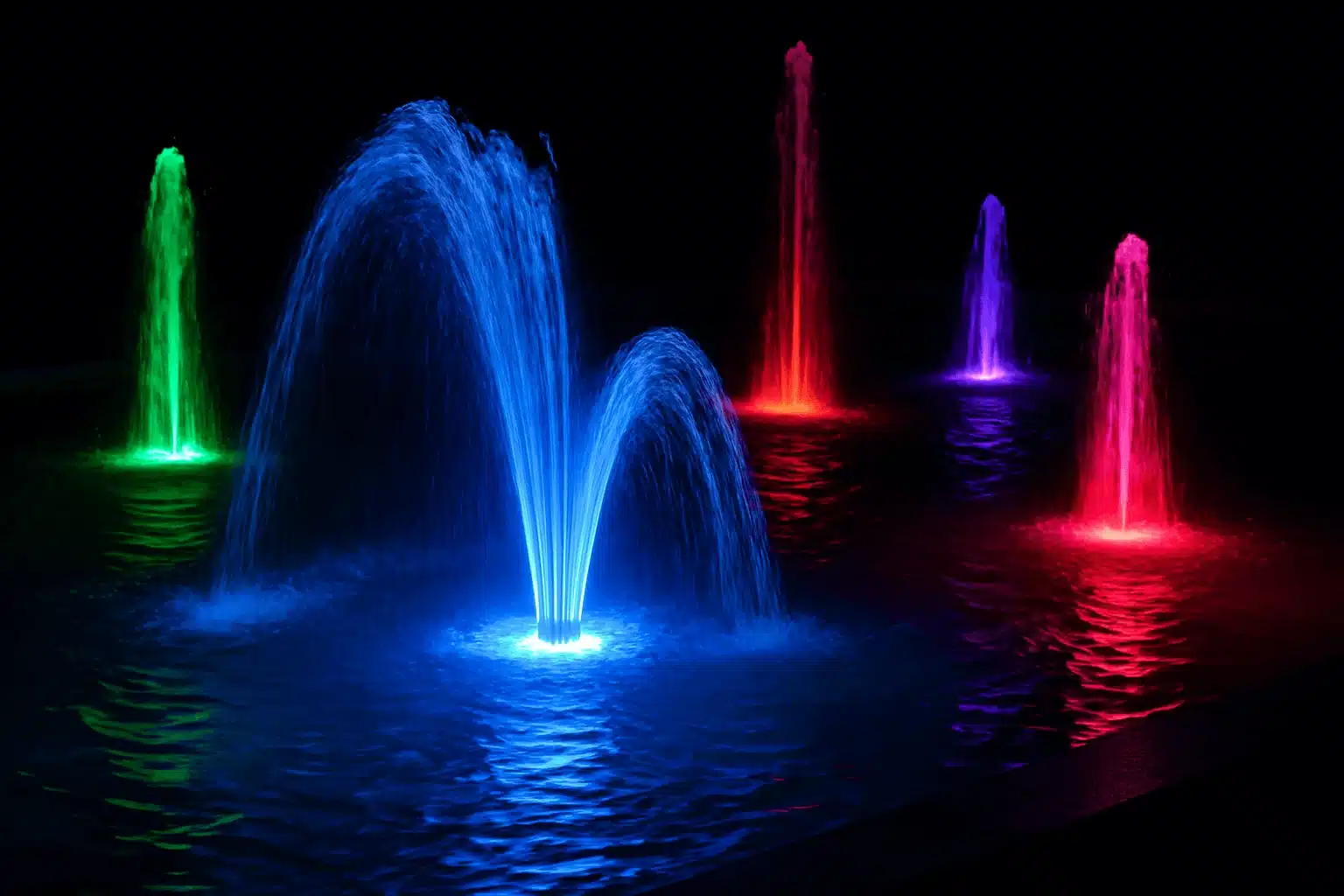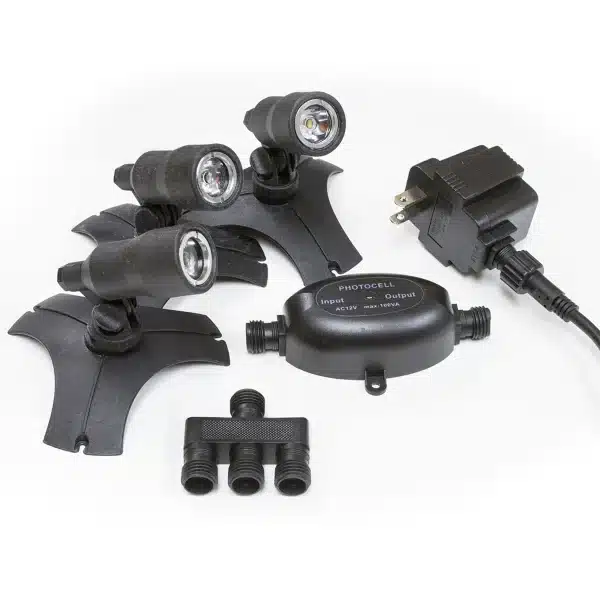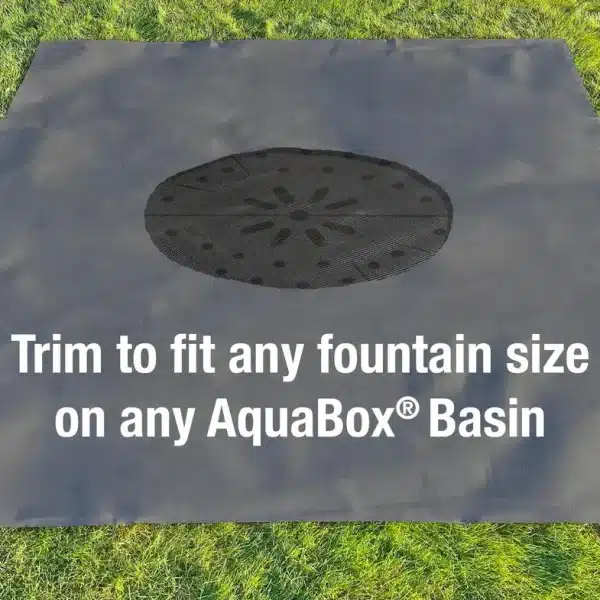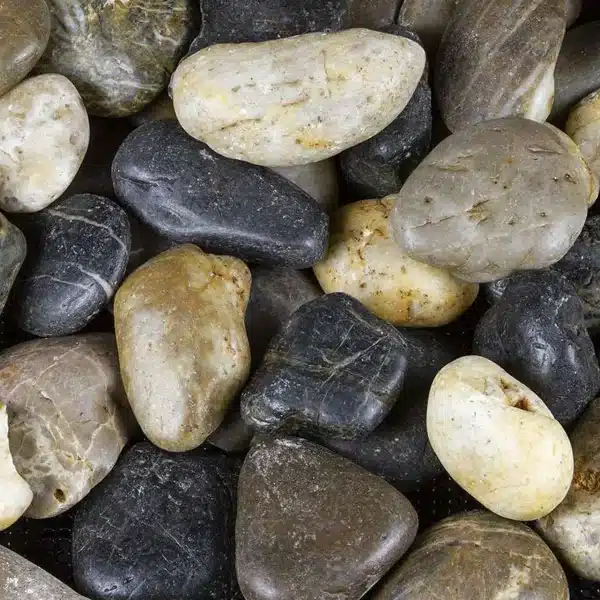Lighting has always been one of the most powerful tools in design, capable of transforming how people experience a space. When it comes to water features, fountains, pools, ponds, or waterfalls, the addition of color-changing LED lighting opens an entirely new artistic palette. Water already has a natural ability to capture and reflect light, and when paired with LEDs, it becomes a dynamic medium of movement, mood, and meaning.
In this in-depth guide, we’ll explore how to use color-changing LEDs in artistic ways for water features. We’ll cover their evolution, the science of light and water interaction, mood-setting applications, artistic installation strategies, technology integration, and real-world examples. By the end, you’ll have a complete picture of how these tiny but mighty lights can elevate water into living, breathing art.
1. The Rise of LED Lighting in Water Features
From Halogen to LEDs
In the past, halogen and incandescent lights were the standard for illuminating water features. While they offered warm tones, they lacked efficiency, versatility, and longevity. LEDs changed the game: they last longer, consume far less energy, and can produce a wide spectrum of colors.
Why Color-Changing LEDs?
Modern RGB and RGBW LEDs allow users to control colors with precision. Beyond static hues, they enable transitions, gradients, strobes, and programmed sequences — giving designers the ability to “paint with light” on water surfaces.
2. Understanding the Science of Light and Water
Reflection, Refraction, and Movement
Water doesn’t just passively display light. Its surface reflects surroundings, refracts light beams, and constantly shifts due to ripples and flow. These qualities mean LED lights can create effects that solid materials can’t, shimmering colors, dancing highlights, and unexpected illusions.
The Psychology of Color in Water Settings
Colors affect human emotions deeply:
- Blue: Calm, serene, meditative.
- Green: Natural, fresh, balancing.
- Red: Bold, passionate, energizing.
- Purple: Luxurious, mystical.
- White: Pure, clean, timeless.
When applied to water features, these colors amplify emotional experiences. For instance, a calming blue waterfall can create a sense of escape, while a pulsating red-lit fountain can energize a festival crowd.
3. Artistic Applications of Color-Changing LEDs in Water
a) Mood Creation for Different Occasions
One of the greatest strengths of LED lighting is adaptability:
- Romantic evenings → Soft purples and warm whites in slow fades.
- Festivals and parties → Bright reds, greens, and golds in fast sequences.
- Meditation spaces → Blues and greens with gentle ripples of light.
- Corporate branding → Company colors showcased in fountains at office entrances.
b) Storytelling with Light and Water
Designers can choreograph sequences that tell stories. Imagine a water fountain programmed to shift from dawn-like golds to fiery reds to deep blues, mirroring the passage of a day.
c) Seasonal and Thematic Displays
Color-changing LEDs make it easy to adapt water features for:
- Christmas → Red and green transitions.
- Halloween → Orange and purple highlights.
- National holidays → Patriotic displays in flag colors.
- Corporate events → Branded color palettes.
d) Interactive Installations
With sensor integration, LEDs can react to movement, sound, or touch. For example, a fountain’s lights may change color when people walk by, or pulse with the beat of background music.
4. Design Strategies for Maximum Artistic Impact
Positioning Matters
- Underwater LEDs create glowing streams and backlit splashes.
- Edge lighting highlights the outlines of pools and fountains.
- Spotlighting can draw focus to statues, jets, or cascades within the feature.
Mixing Colors Intelligently
Rather than overwhelming the eye with random colors, designers use layered hues: soft blues with hints of purple, or greens blended with whites for a fresh, natural effect.
Motion + Light Synchronization
Pairing water motion with light transitions creates harmony. A high jet of water could be illuminated with a sudden burst of color, while rippling basins could use gentle fades.
Contrast and Shadows
Strategic use of darkness enhances the drama. Not every part of the water feature needs to be lit, shadows create depth, and contrasts help viewers focus.
5. Technology That Powers Modern LED Water Lighting
Controllers and DMX Systems
DMX lighting systems, widely used in stage and theater, are now common in water features. They allow designers to program intricate sequences with precision timing.
Smart Integration
Smartphone apps, voice control, and home automation systems now make it possible to control water feature lighting remotely, shifting moods with a tap or a voice command.
Sustainability and Longevity
Modern LEDs not only save energy but also reduce replacement needs, aligning with eco-friendly design principles. Many are also built to be waterproof, shock-resistant, and safe for outdoor conditions.
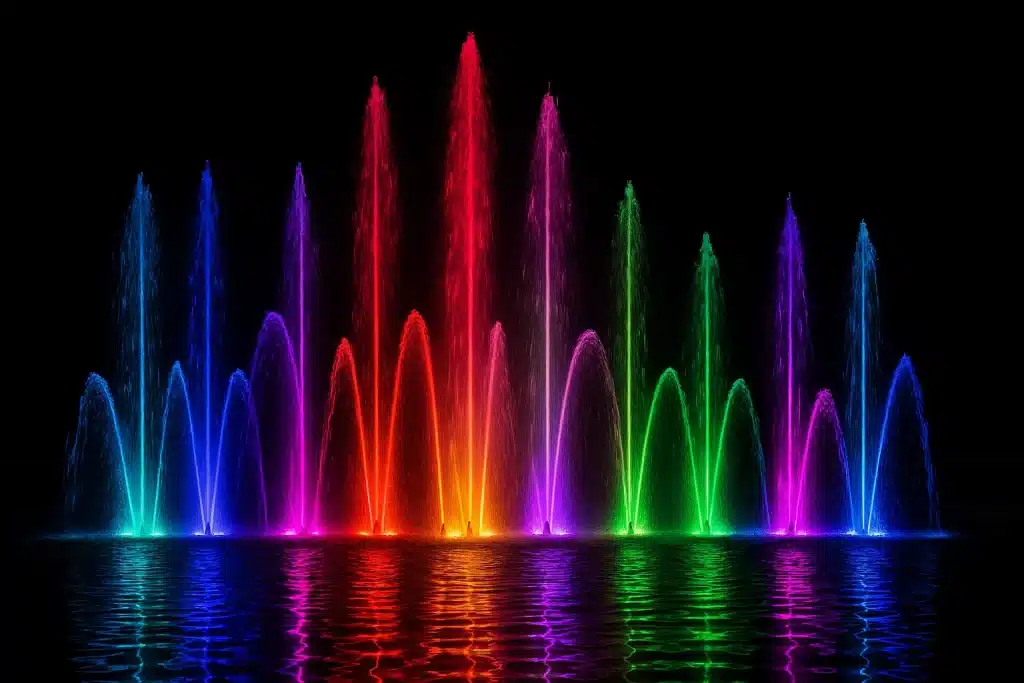
6. Case Studies and Real-World Examples
Public Parks and Plazas
In many cities, fountains have become evening attractions thanks to LED integration. Think of the Dubai Fountain or the Bellagio Fountains in Las Vegas, where light, music, and water choreography create unforgettable performances.
Hotels and Resorts
Luxury destinations often use mood lighting in pools, spas, and lobby fountains to immerse guests in unique atmospheres. For instance, a spa may use calming blue and green lighting to enhance relaxation.
Residential Settings
Homeowners are increasingly adding color-changing LEDs to backyard pools, koi ponds, and garden fountains. The ability to host a lively party one night and enjoy a tranquil retreat the next adds immense value.
Commercial Branding
Corporate campuses sometimes use fountains with programmable LEDs to display their company colors during events, reinforcing brand identity.
7. Step-by-Step Guide to Designing with Color-Changing LEDs
- Define the Purpose
- Is it decorative, functional, thematic, or interactive?
- Choose the Right Fixtures
- Submersible, edge, or spotlighting depending on the water feature.
- Plan the Color Palette
- Stick to combinations that align with the intended mood or theme.
- Incorporate Control Systems
- Decide between pre-programmed routines or dynamic interactive systems.
- Test and Adjust
- Experiment at night, adjusting brightness and sequences until the desired effect is achieved.
8. Tips for Artistic Excellence
- Less is more: Overloading with too many effects can confuse viewers.
- Use water’s natural beauty: Don’t fight ripples and reflections — work with them.
- Think long-term: Choose weather-resistant, durable equipment.
- Keep maintenance in mind: LEDs last long, but they still require periodic cleaning and inspections.
- Experiment with timing: Sometimes a simple delay in a color shift creates profound impact.
9. Future Trends in LED Water Lighting
- AI-driven choreography: Systems that respond in real-time to music or crowds.
- Solar-powered LED water lighting: Combining renewable energy with sustainability.
- AR/VR integration: Augmented reality overlays in public fountains for interactive experiences.
- Biophilic lighting: Using natural color cycles to mimic sunlight patterns and reconnect people with nature.
Conclusion
Mood lighting with color-changing LEDs is more than just decoration, it’s a form of artistic expression that transforms water into a living canvas. Whether in a public plaza, hotel resort, or private backyard, the interplay of light and water has the power to stir emotions, tell stories, and create unforgettable experiences.
Designers, homeowners, and businesses alike can benefit from embracing this fusion of technology and artistry. With careful planning, creative vision, and the right technology, your water feature can evolve into a masterpiece of light and motion.

